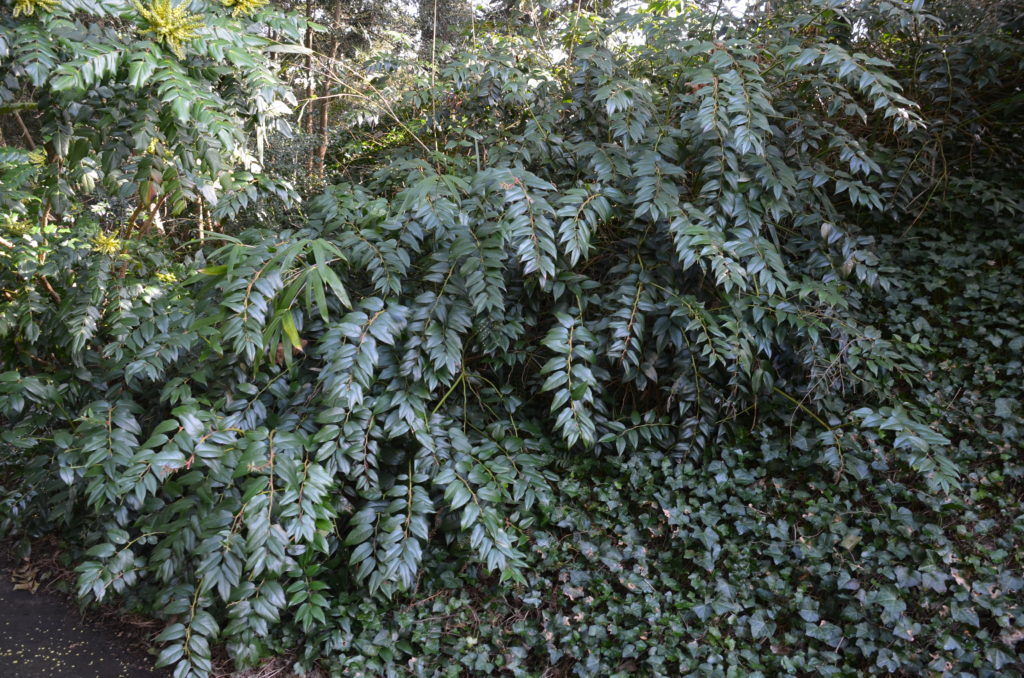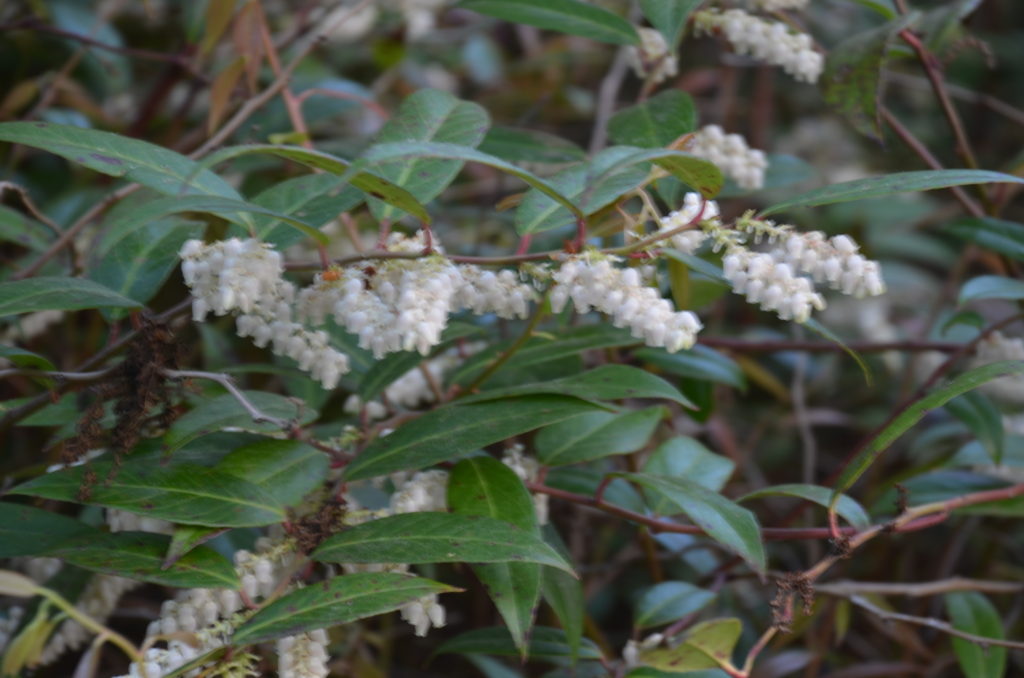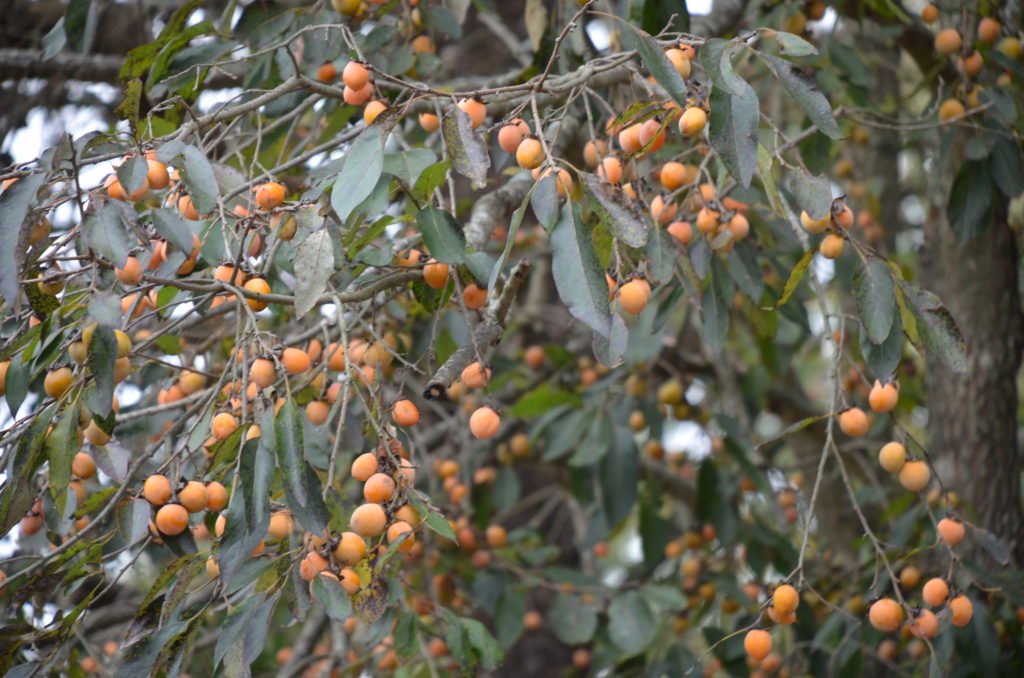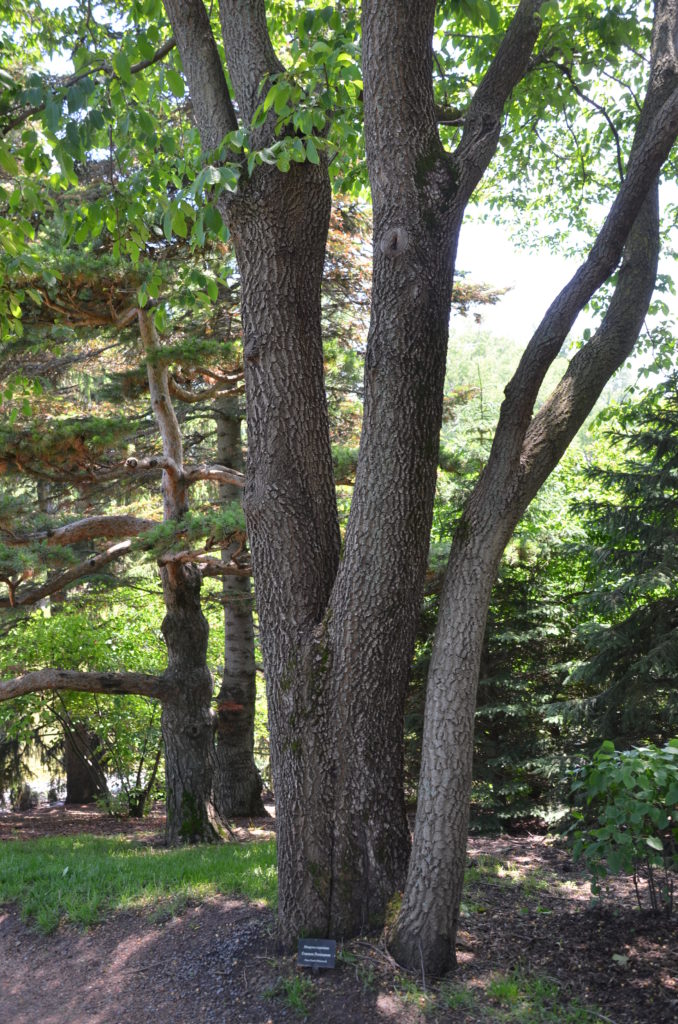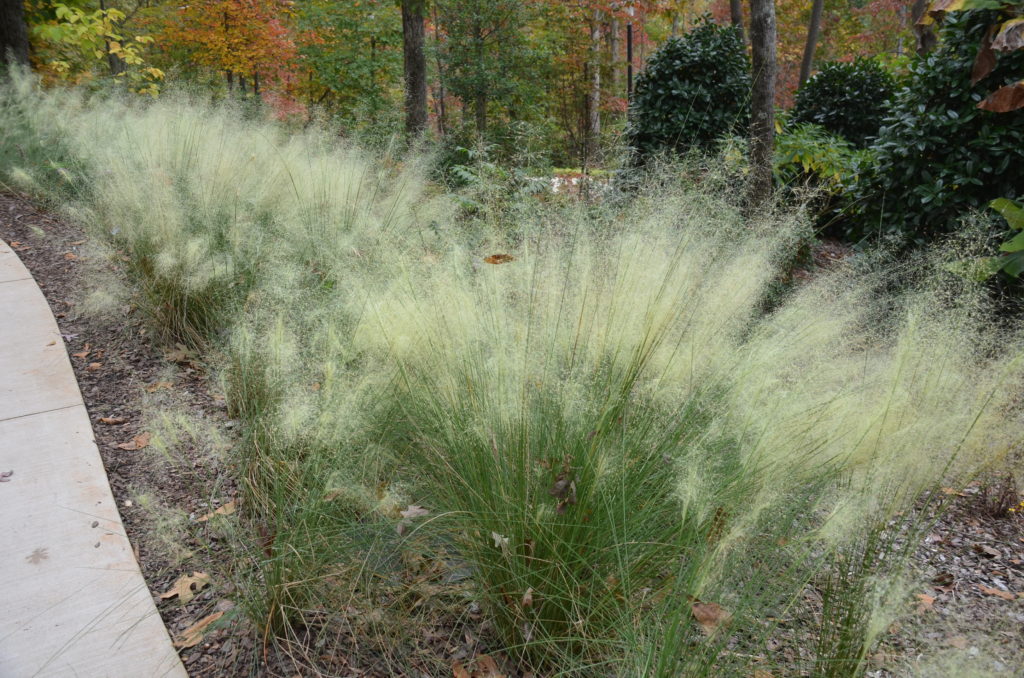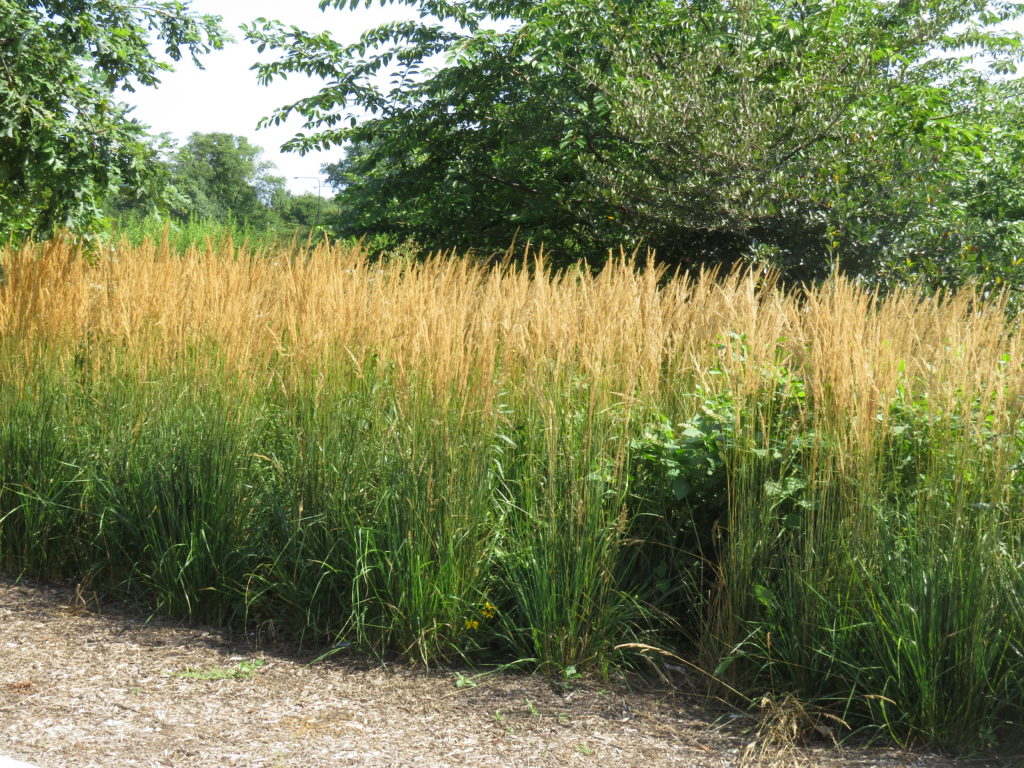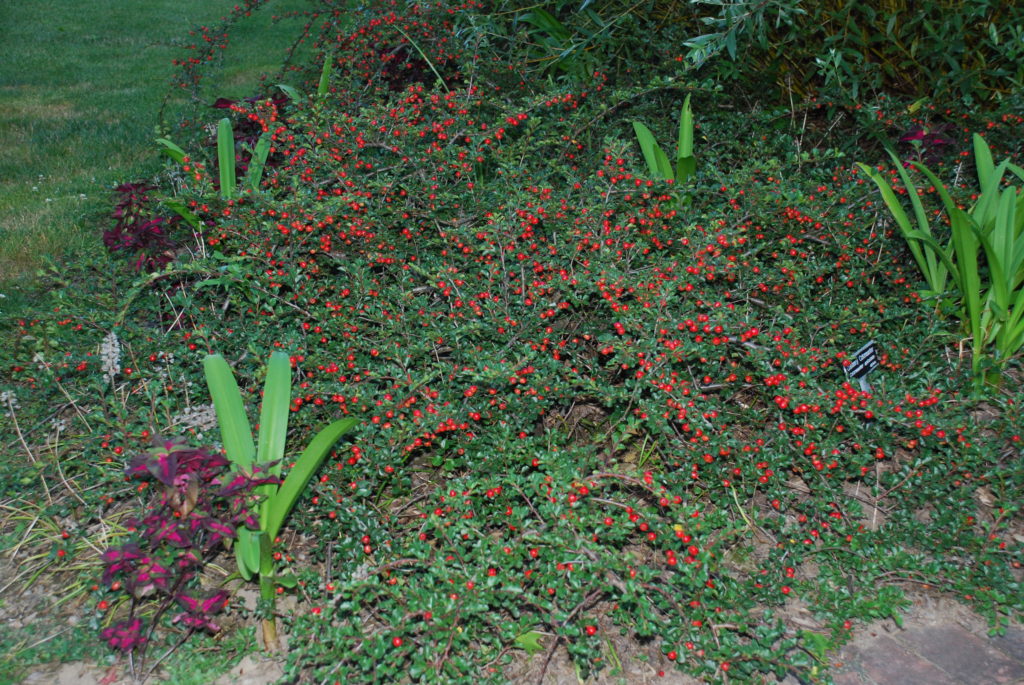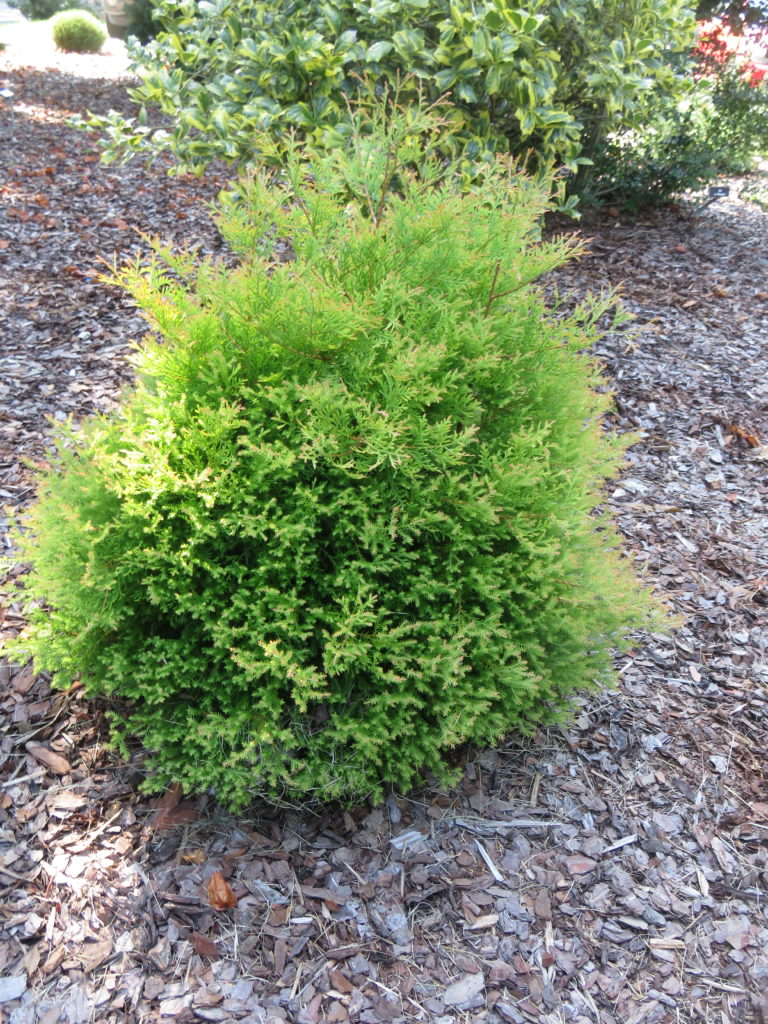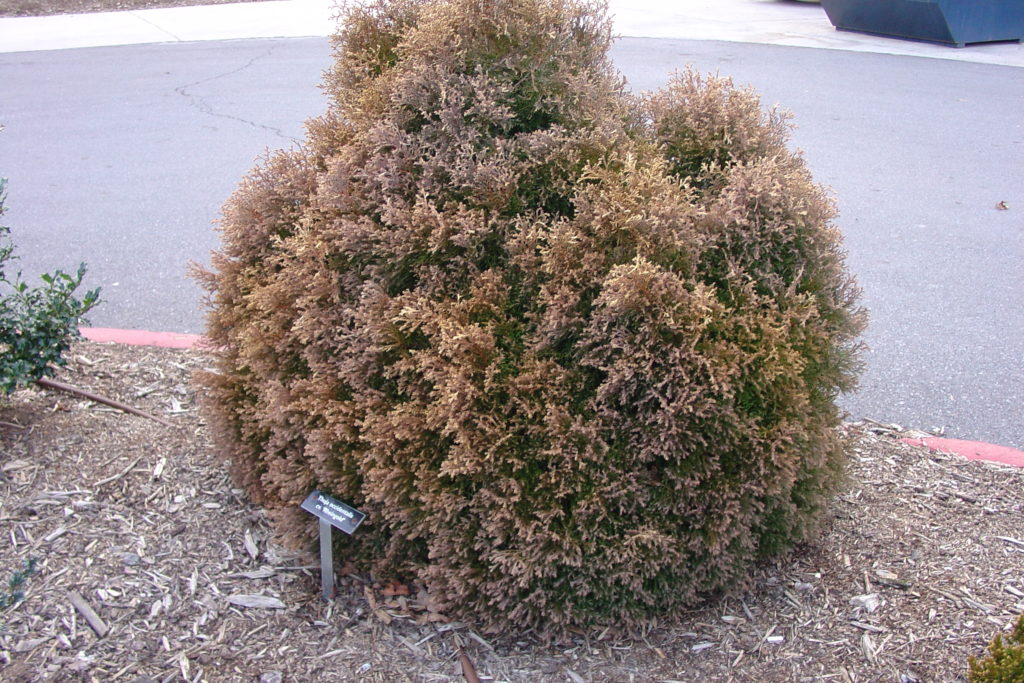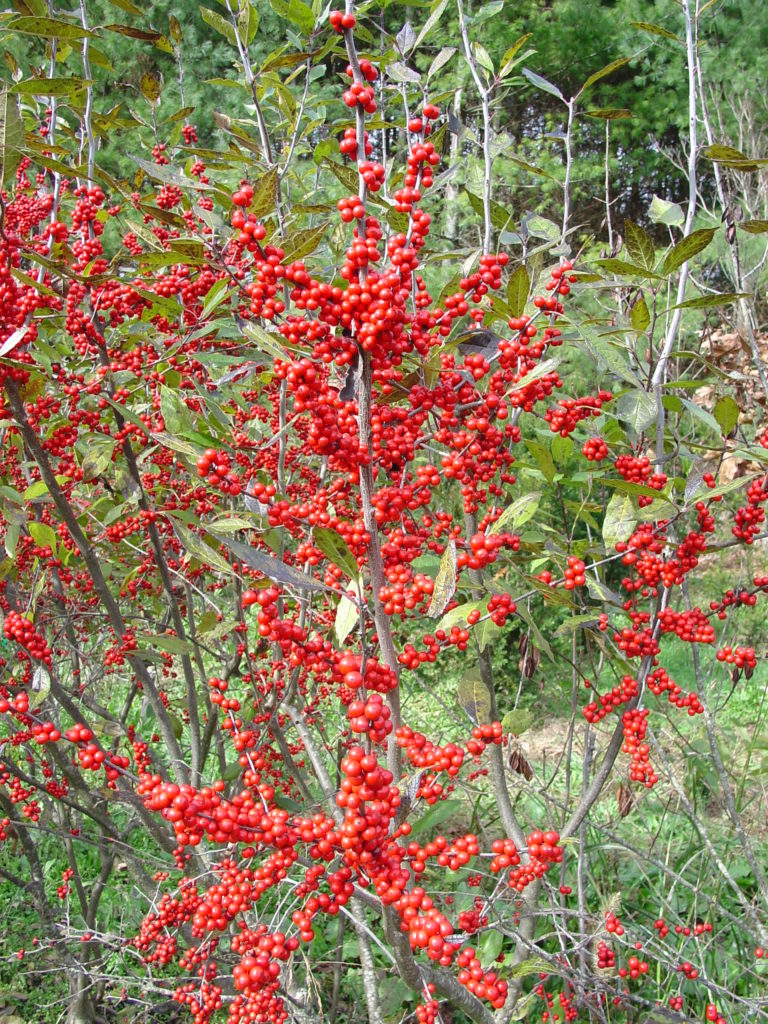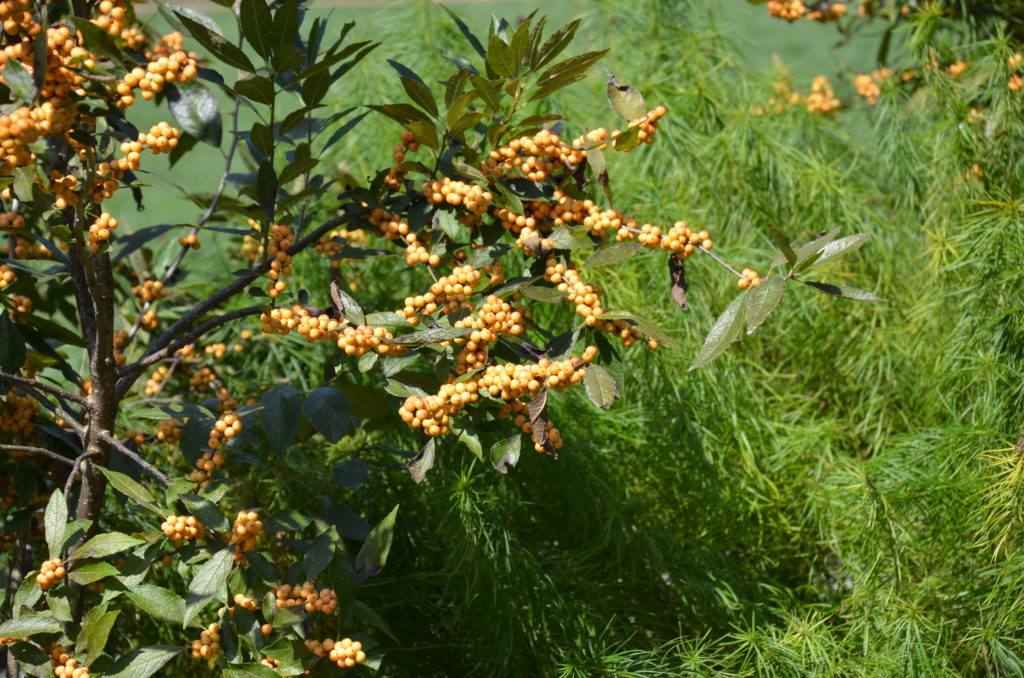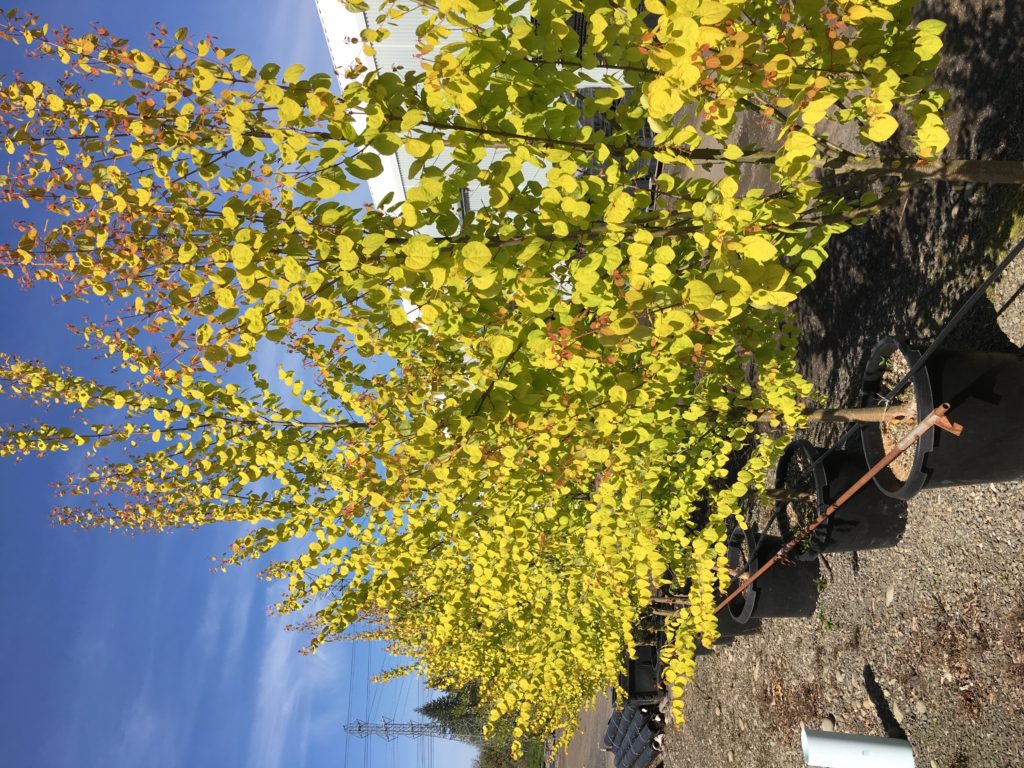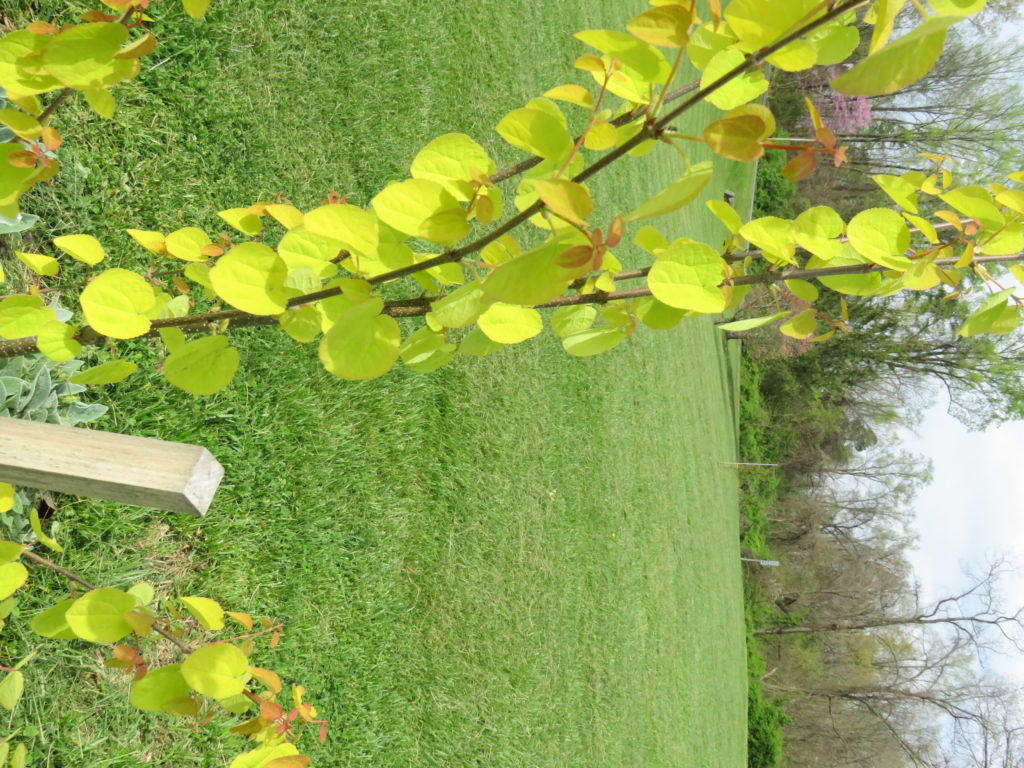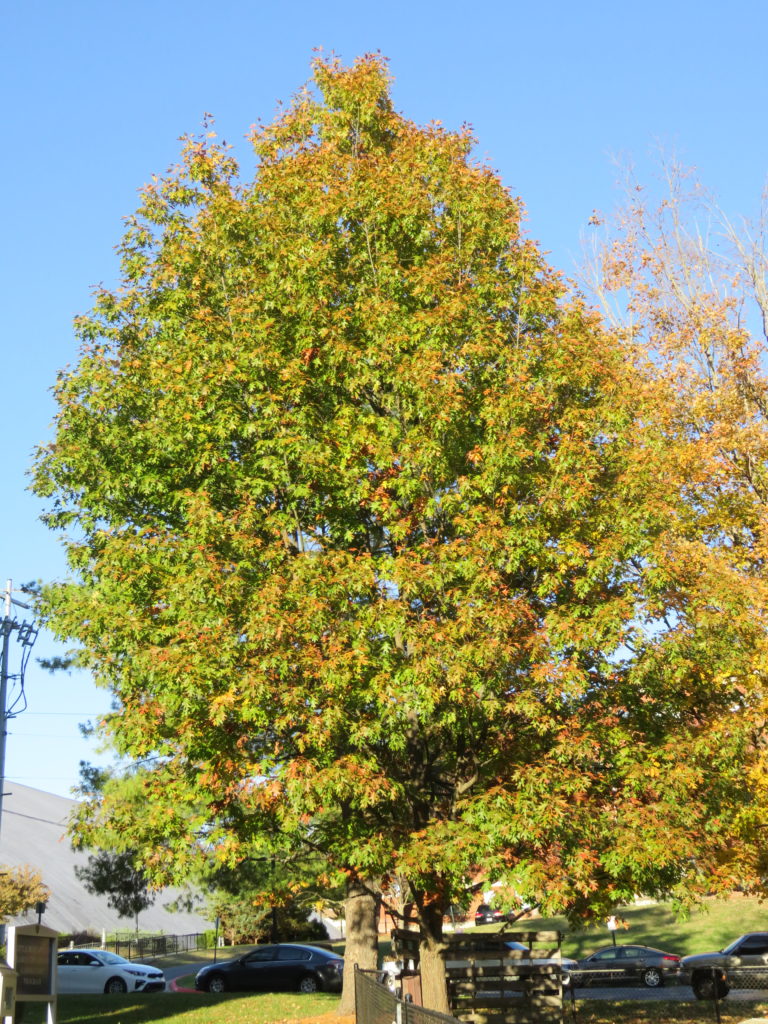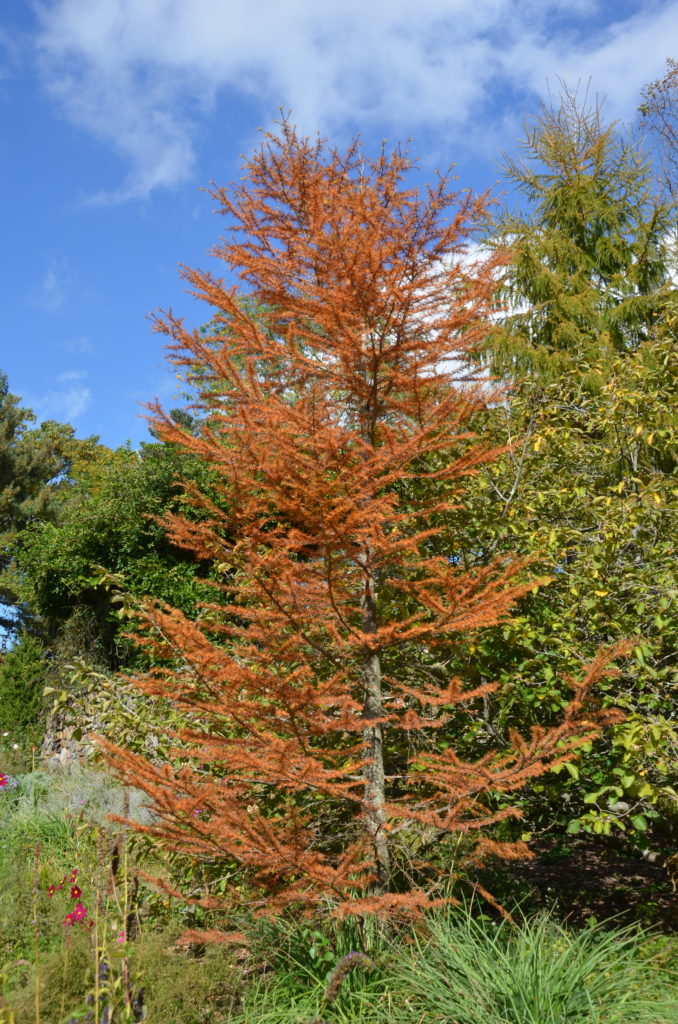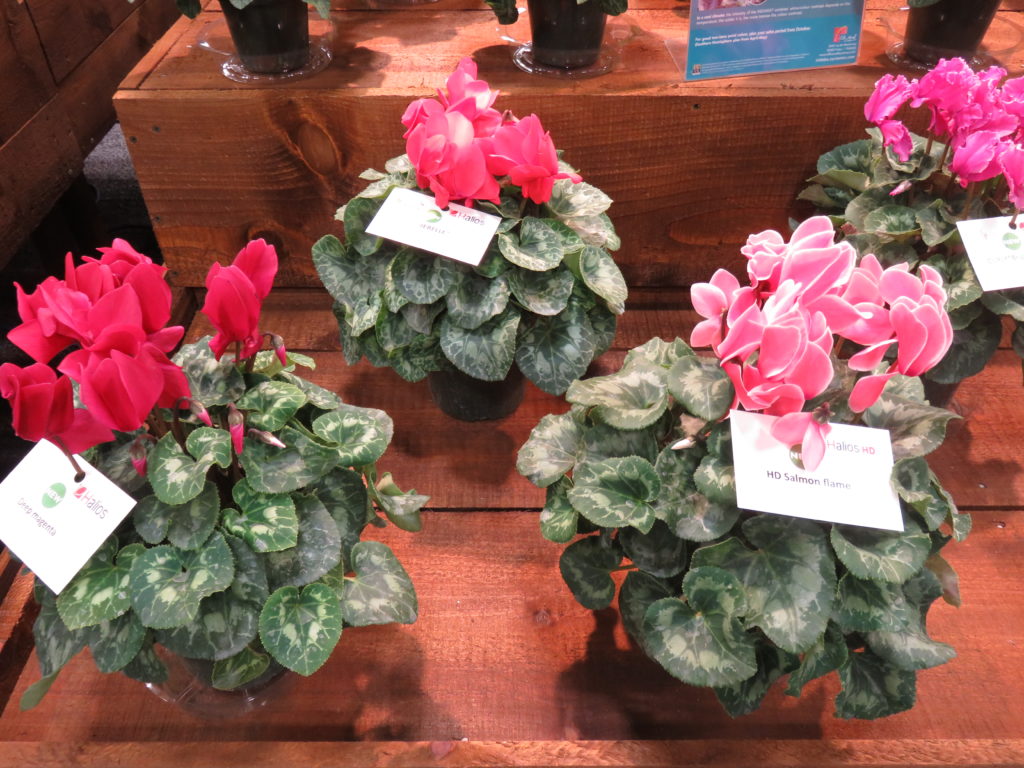
Cyclamens, the non-hardy forms, have become popular gift plants. Cyclamens are incorrectly labelled as tropical houseplants at garden shops. Many people enjoy this flowering plant for long as possible and toss it once blooming has stopped.
Cyclamens enjoy a long blooming period indoors in a cool room and are fussy, a bit of a challenge when you try to rebloom them. In the home cyclamens prefer a bright, indirect sunlight and cool surroundings between 55 – 65 °F. If the thermostat is set at 70 °F or higher, stems start to stretch and flower production declines and ceases. Cyclamens also demand high room humidity. This is best accomplished by sitting the plant on a tray of moist pebbles nearby other plants, or to add a room humidifier. Don’t mist the foliage!
In the spring cyclamens often go dormant. Allow the soil to dry out and clip off all yellowed and dry leaves. Give the plant a rest in a cool dry spot through midsummer. New growth should start to emerge sometime by early fall. Around this time repot into a slightly larger pot containing fresh compost-rich potting soil, begin watering and feeding again.
Repot into a slightly larger pot containing fresh compost-rich potting soil and grow it in the same bright, cool location. Feed cyclamens every two weeks with a weak ¼ solution of a water soluble fertilizers like Peters™ or Miracle-Gro™ or with Schultz’s Houseplant Food™.
Lastly, in the deep South (Florida, along the gulf coast, Texas, and Southern California), cyclamen adorn outdoor planters during mild fall, winter, and early spring when temperatures are in the 40’s and 50’s at night. Non-hardy cyclamens do not tolerate frigid temperatures below 40 °F (4 °C).

